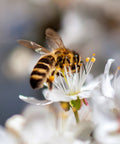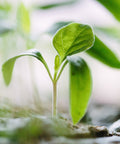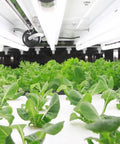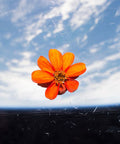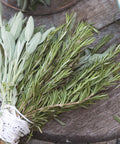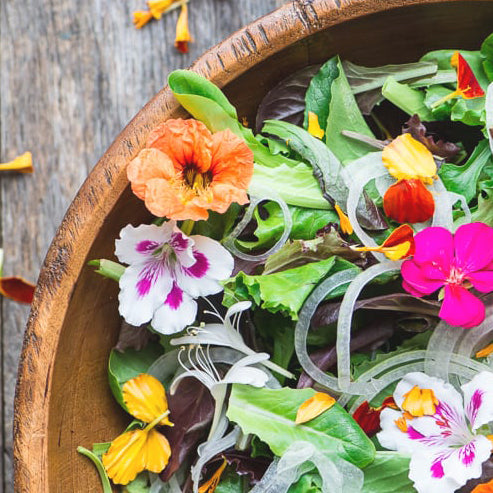
The practice of eating beautiful foliage has been around since the days of Julius Caesar, but it's recently making a culinary comeback when it comes to adding a pop of color to flavorful plates. Just what flowers are edible?
While it wouldn't be wise to consume any old bloom that you come across on the side of the road, you easily can grow your own edible flowers in your pesticide-free indoor smart garden or you can purchase dried edible flowers online.
Strategically pairing some of the more fragrant and delicious edibles with dishes is unlike any other culinary experience; flowers are truly unique in their flavors and textures. Let's take a look at some of the common beautifully delicious varieties that you can easily grow or source:
Lavender

Both sweet and slightly tasting of perfume, lavender petals work best when sprinkled over drinks such as a glass of sparkling champagne or over a yogurt and granola bowl. Some of the more adventurous blends with this flower include making a lavender herb butter, ice creams, lemonades, and syrups!
Nasturnium

This gorgeous bloom has peppery undertones, so they are perfect for rice paper rolls and anything else needing a bit of bite to it. Serve them atop a savory cocktail or use them to adorn a lovely crisp green salad for extra beauty and a kick of flavor.
Rose
While rose has a very distinctive floral scent, their flavor is actually quite subtle and fruity. They blend well in soups, salads, teas, jams, and desserts. Imagine the decadent surprise your guests will encounter at your next tea party serving up rose petal jam on homemade scones!
Violets

Violets come in a range of beautiful pastel colors, and they have a sweet, floral taste that becomes a perfect topping for salads, cocktails, and champagne. When crystalized and candied, they are a beautiful topping for cakes and other beautiful desserts.
Honeysuckle
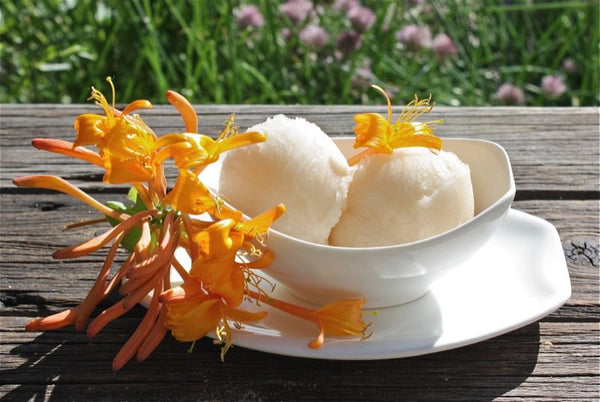
Honeysuckle has a bloom that tastes almost as good as it smells; we thank the individual that discovered its rich, fragrant nectar as we use it to adorn our salads, soups, and decadent drinks. The petals can also be soaked in water overnight for honeysuckle nectar that can be strained and enjoyed as flavoring in sorbets, iced teas, lemonade, and more. A word of caution, though--the berries are poisonous, so steer clear. Enjoy the blooms and the nectar as much as you wish!
Squash Blossoms
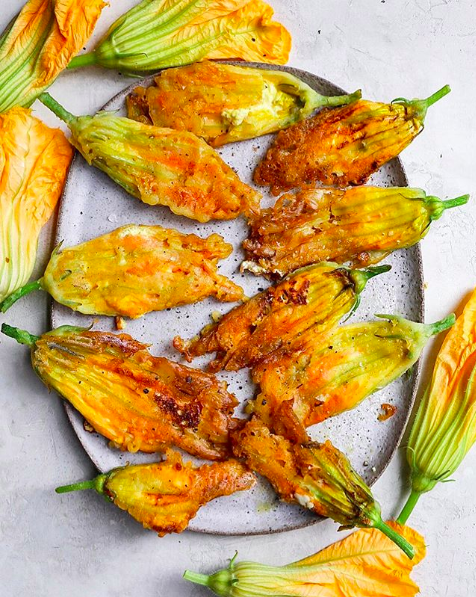
Squash blossoms, also called zucchini flowers, are not just fancy restaurant fare; they are deliciously flavored much like the squash plant itself and quite easy to prepare. Squash blossoms can be eaten raw in salads, baked on flatbreads, sautéed lightly as a side dish, or feel free to stuff them with cheese and fry to a crisp, golden brown deliciousness like you've never known. Serve them up at your next casual dinner party for added flair.
Chamomile

Chamomile is a distinctive herb that has been used for centuries in making herbal teas and tinctures; recently chamomile blooms have become more popular for eating and enjoying. Having a mild, apple-like flavor, they can be browned and added to cereals and stews, as well as added to salads for delicious flavor and antioxidant properties.
Elderflowers
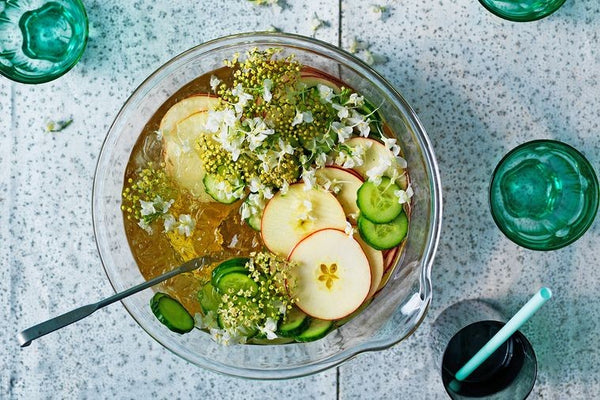
The flowers and berries are the only edible parts of the Elderflower plant; while they have an unpleasant taste when raw, cooking them destroys any toxic chemicals present in the flower and you are left with a sweet, floral taste. Most famous for making elderflower wine and cordials, they can also be used to make delicious fritters and tarts. The flowers also make a beautiful garnish atop any desert or punch.
Dandelion

Mother Nature did us good when creating the dandelion---every single part of this plant is delicious and edible, provided you know how to use it. Dandelions have long been used in herbal medicine and to make wine, but eating the greens has marked benefits as well; one half cup of stewed greens contains more calcium than a glass of milk and more iron than a handful of spinach. They also have tremendous antioxidant properties and have a cleansing effect on the body. Steep into a delicious, liver cleansing tea or top your salads with both blooms and stems for maximum taste and nutrition.
Hibiscus
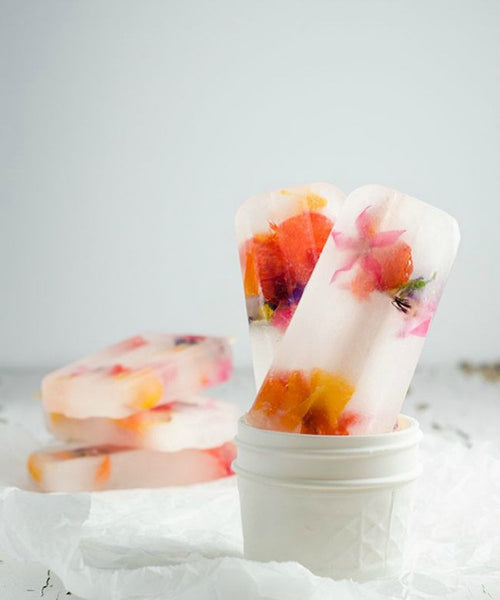
Hibiscus is a fragrant flower whose bulbs, fruit, and leaves can be used in cooking and as a garnish. With a mild floral flavor, hibiscus is perfect for teas, sauces, and garnishes in salads and desserts.
Marigolds

Marigolds have an extensive history in both medicine and culinary arts. Used by the Aztecs for both of these purposes, the Spanish and Portuguese discovered their use and brought them back to their native country, expanding their use. Marigolds have a citrusy and peppery taste to them, depending on the kind of bloom being used. Perfect for use in salads, soups, sauces, stir fry, and any dish that needs a pop of color and flavor, savor the uniqueness of marigold in your next dish.
Additional Ways to Indulge
With your newfound knowledge of which flowers are edible, you are sure to impress not only yourself as you experiment in the kitchen, but loved ones and friends that enjoy your delicious and beautiful new creations. Savor those colors and flavors, and be excited about this whole new world of exploration in the kitchen!
Click here for a list of creative ways to use any type of edible flower
Bloom Apetit!


